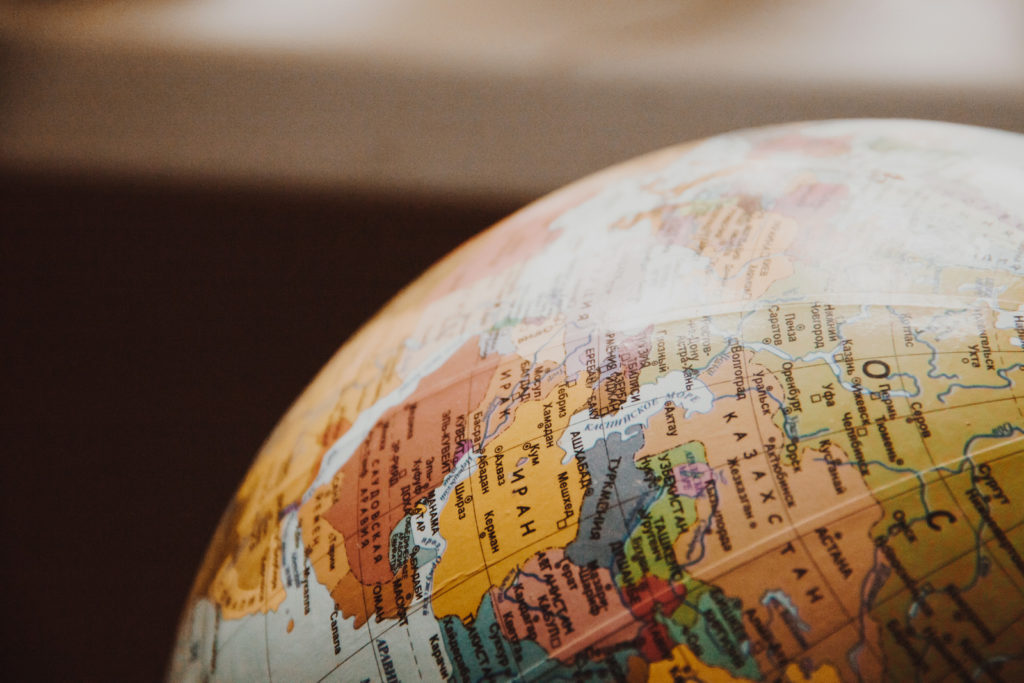Nous traduisons dans plus de 140 langues ! Nos 90 langues les plus traduites sont :
Afrikaans
Albanian
Algerian
Arabic
Armenian
Aymara
Bahasa Indonesia
Bahasa Malay
Basque
Belorussian
Bengali
Bosnian
Bulgarian
Cambodian/Khmer
Canadian French
Catalan
Cebuano
Chinese (Simplified)
Chinese (Traditional)
Corsican
Croatian
Czech
Danish
Dari
Dutch
English
Estonian
Faroese
Farsi
Filipino
Finnish
Flemish
French
Frisian
Galician
Georgian
German
Greek
Guarani
Gujarati
Hebrew
Hiligaynon
Hindi
Hmong
Hungarian
Italian
Japanese
Javanese
Kannada
Kazakh
Korean
Kurdish
Latin American Spanish
Latvian
Lithuanian
Macedonian
Malay
Malayalam
Maltese
Marathi
Nepali
Norwegian
Oriya
Pashto
Persian
Polish
Portuguese
Punjabi
Romanian
Russian
Sanskrit
Serbian
Sindhi
Slovak
Slovenian
Somali
Spanish
Swahili
Swedish
Tagalog
Tamil
Telugu
Thai
Turkish
Ukrainian
Urdu
Uzbek
Vietnamese
Welsh
Yiddish
Check with us for other translation languages – we have an extensive network of translators in regional languages and will try our best to help!
Overall, content on the web is not becoming more focused upon English; on the contrary, as more and more people gain access to the internet, the need for web copy and user interfaces in a larger number of languages is only increasing. An increasingly multilingual web is an increasingly multilingual world, and a company aimed at selling to the global market would do well then to follow this trend. If you can get ahead of the crowd in terms of new consumer language habits, you’ll be selling in markets where competitors are still only able to buy.
You can learn more about countries and languages in our handy reference guides and on Ethnologue.com on the web.
